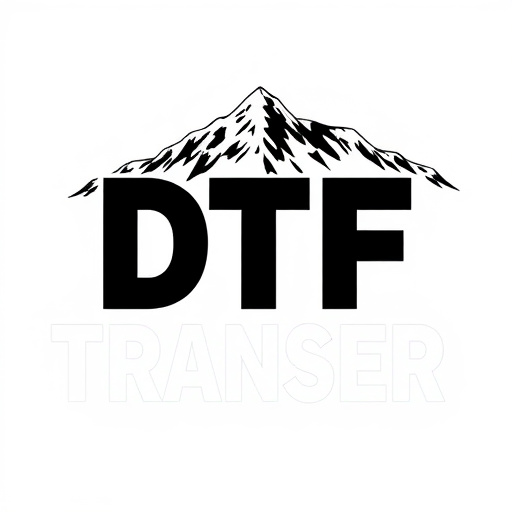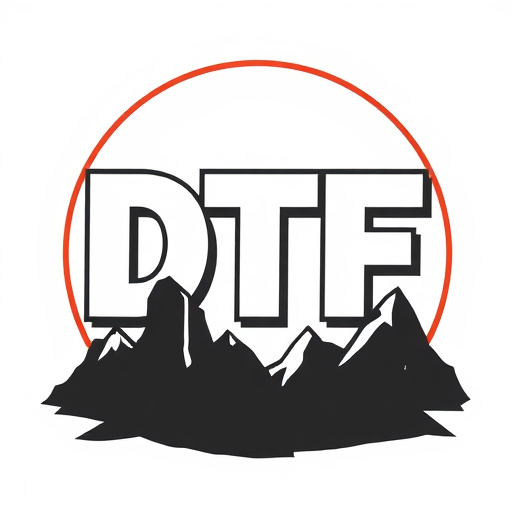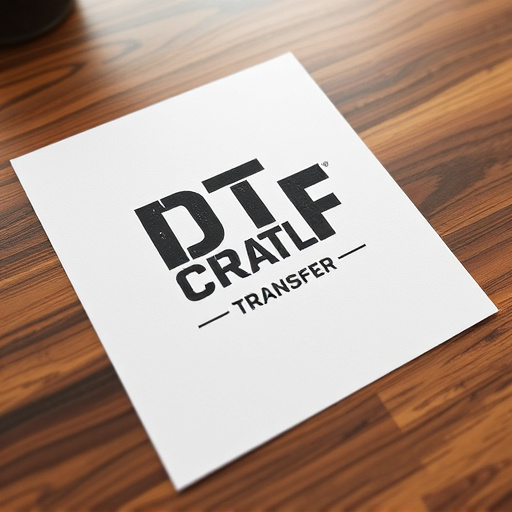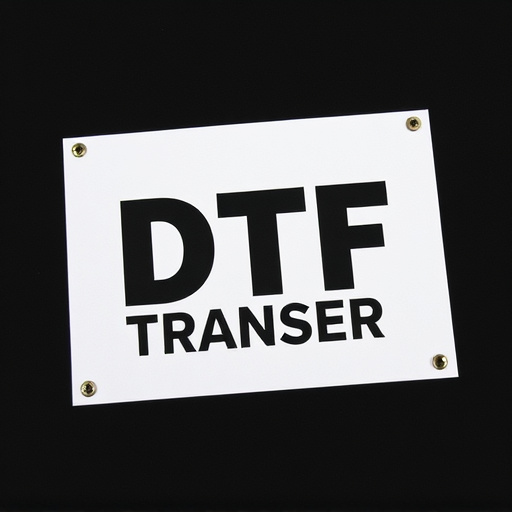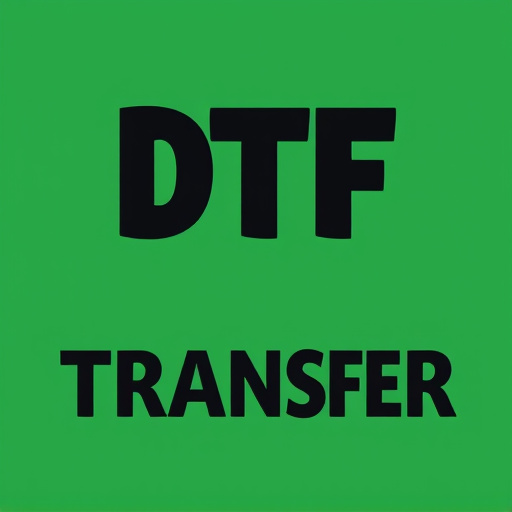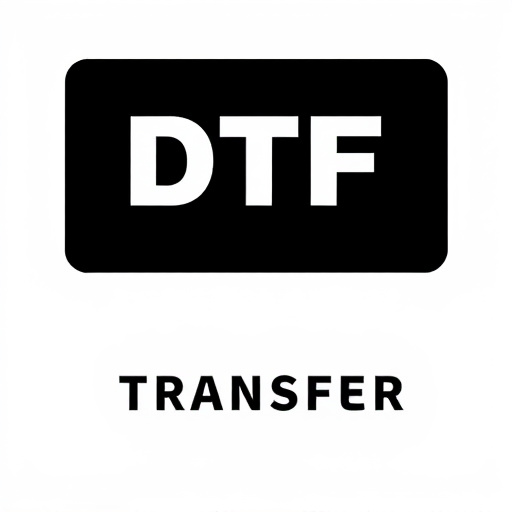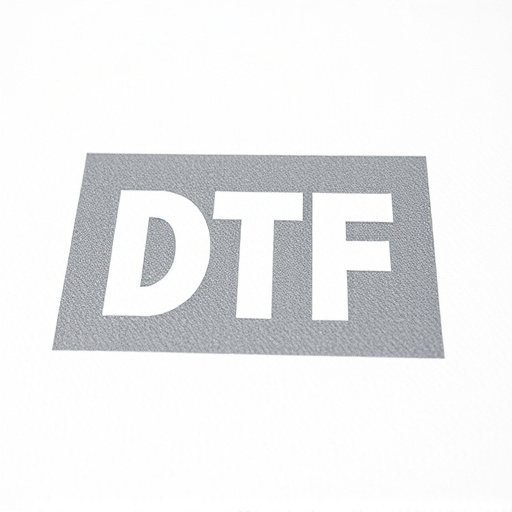Direct-to-film (DTF) transfers are revolutionizing film preservation and distribution by digitally reproducing classic films with enhanced clarity and vibrancy, preserving intricate details and rich textures. This process, with a history dating back to the late 20th century, involves scanning original film frames, converting them to digital format, and projecting them on modern cinema screens. DTF is ideal for restoring older films and creating high-quality prints for limited-edition releases, catering to enthusiasts across industries like entertainment, documentaries, and museums. Despite challenges, the US DTF transfer industry is poised for growth due to increasing demand and technological advancements, with companies like Frame.io, TransferNow, Blackmagic Design, and Film Conversion Services leading the way.
Direct-to-film (DTF) transfers, a cutting-edge process revolutionizing digital printing in the United States, offer unparalleled versatility and quality. This article delves into the world of DTF, exploring its history, technology, benefits, and challenges. We dissect the process, highlighting its applications across various sectors.
From understanding the fundamentals to uncovering the top DTF transfer services, this guide provides insights into the future prospects of this game-changing technology in the US market. Discover how DTF transfers are transforming industries with their remarkable capabilities.
- Understanding Direct-to-Film Transfers (DTF)
- The History of DTF in the United States
- Process and Technology Behind DTF Transfers
- Benefits and Applications of DTF in the US
- Challenges and Future Prospects for DTF Industry
- Top DTF Transfer Services in the USA
Understanding Direct-to-Film Transfers (DTF)

Direct-to-film transfers, or DTF Transfers, are a cutting-edge process that allows for the digital reproduction and projection of film on a grand scale. This innovative technique involves scanning original film frames and converting them into a digital format, ready for display on modern cinema screens. The beauty of DTF lies in its ability to preserve the intricate details and rich textures of traditional film while also offering the flexibility and accessibility of digital media.
By employing advanced scanning technologies, DTF transfers capture every nuance of the original footage, ensuring a captivating visual experience. This method is particularly advantageous for restoring older films or creating high-quality prints for limited-edition releases, as it offers a more accurate representation compared to traditional methods. With DTF, viewers can enjoy the classic feel of film with enhanced clarity and vibrancy, making it a game-changer in the film preservation and distribution industry.
The History of DTF in the United States
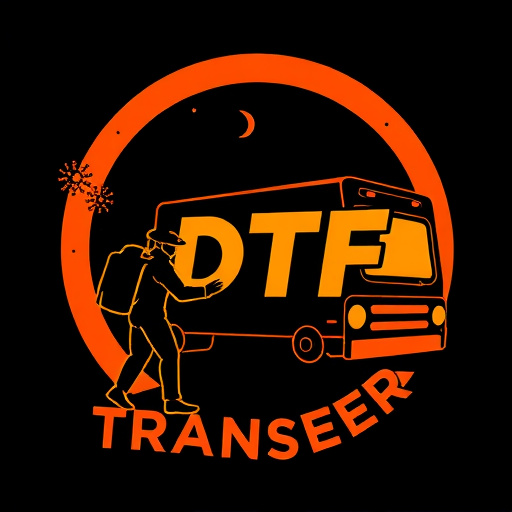
Direct-to-film (DTF) transfers in the United States have a rich history dating back to the late 20th century, when the need for high-quality video formats became increasingly important. Initially, DTF was primarily used in the professional film industry to create reference screens and interpositive prints for filmmaking and post-production processes. The early 1990s saw a surge in popularity as home theater systems gained traction, driving demand for better picture quality.
Over time, advancements in technology allowed for more precise and detailed DTF transfers, making them accessible not only to professionals but also to enthusiasts. With the rise of streaming services and digital downloads, the demand for high-definition content further propelled the growth of DTF as a preferred method for preserving and distributing films. Today, DTF transfers are widely recognized for their ability to capture intricate visuals, ensuring that cinematic experiences remain vibrant and true to the original vision.
Process and Technology Behind DTF Transfers

The process of a Direct-to-Film (DTF) transfer involves a cutting-edge technology that seamlessly integrates analog and digital realms. It begins with the preparation of high-quality source material, whether it’s film or video, which is then carefully scanned at high resolution to capture every intricate detail. This digital replica serves as the foundation for the subsequent steps.
Advanced printers utilize specialized inks and precision techniques to reproduce the content onto a transparent film medium. The ink bonding with the film creates a durable and precise copy, ensuring color accuracy and sharpness. This transfer process allows for the reproduction of not just images but also textures and nuances found in the original material, making DTF an attractive option for preserving archival footage or enhancing visual experiences.
Benefits and Applications of DTF in the US

Direct-to-film (DTF) transfers have revolutionized the way content is produced and delivered in the United States, offering numerous benefits that cater to various industries. One of its key advantages is the ability to create high-quality, pristine film copies directly from digital sources, eliminating the need for intermediate formats. This process ensures minimal loss of data, resulting in superior visual fidelity, enhanced colors, and crisp details, which are essential for modern audiences accustomed to high-definition visuals.
DTF transfers find applications across multiple sectors. Film enthusiasts appreciate it for preserving classic movies, allowing them to be enjoyed in their original, intended format. In the realm of entertainment, DTF is used for restoring older television shows and movies, giving viewers a more authentic viewing experience. Additionally, documentary filmmakers leverage DTF to capture and preserve historical footage, ensuring that important archives remain accessible and unaltered. This technology also benefits museums and cultural institutions by enabling them to create high-resolution copies of valuable artifacts, making them available for research and public display without risk of damage.
Challenges and Future Prospects for DTF Industry
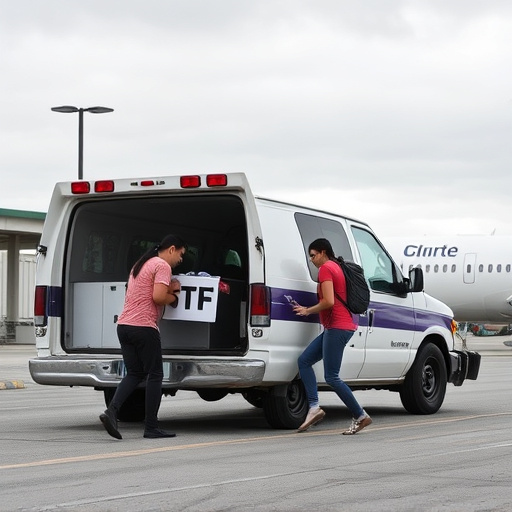
The Direct-to-film (DTF) transfer industry in the United States faces several challenges that impact its growth and sustainability. One significant hurdle is the technological gap between traditional film production and modern digital formats, requiring substantial investment in equipment and expertise to maintain quality standards. Additionally, the industry struggles with intellectual property rights issues, as direct transfers often involve older or independently produced content, leading to complex licensing negotiations.
Despite these challenges, the future prospects for DTF transfers remain promising. The increasing demand for nostalgic and vintage content, along with advancements in printing technology, offers opportunities for innovation. As streaming platforms explore unique content delivery methods, DTF transfers could find a niche by providing authentic, high-quality experiences. Furthermore, the industry can capitalize on its ability to preserve cinematic history while catering to modern audiences’ preferences for immersive viewing experiences.
Top DTF Transfer Services in the USA

When it comes to direct-to-film (DTF) transfers in the United States, several companies stand out for their quality and reliability. Top DTF transfer services like Frame.io and TransferNow offer cutting-edge technology and expertise, ensuring that films are restored and transferred with precision and care. These platforms provide a range of formats and resolutions, catering to both professional filmmakers and home enthusiasts.
Frame.io is renowned for its advanced color grading tools and seamless integration with industry-standard software. TransferNow, on the other hand, excels in fast turnaround times and high-quality scans, making it a favorite among indie filmmakers and archives. Other notable mentions include Blackmagic Design and Film Conversion Services, which deliver top-notch DTF transfers while keeping costs accessible for various production budgets.





